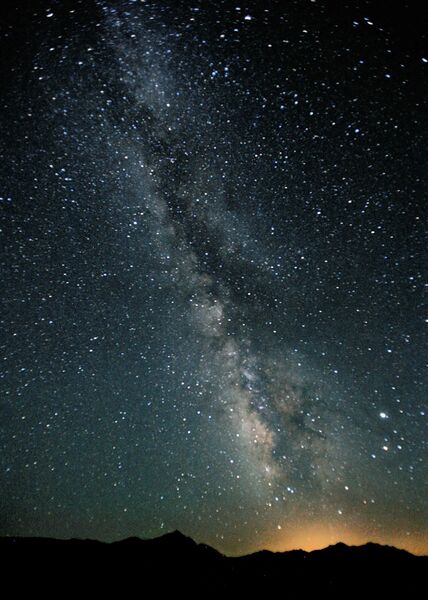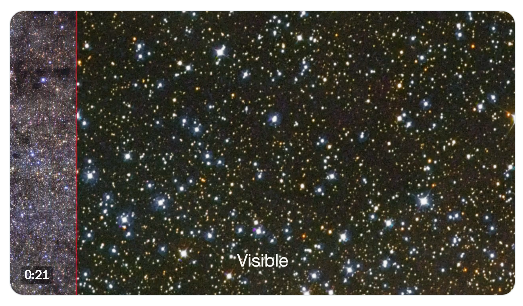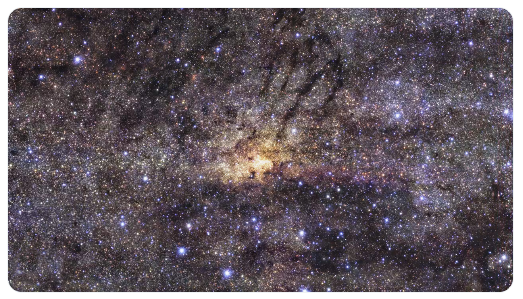File:Milky Way Night Sky Black Rock Desert Nevada.jpg

Original file (731 × 1,024 pixels, file size: 365 KB, MIME type: image/jpeg)
Photo: Wikipedia
Cosmic Art: When It's Dark
○
Where has the 'Milky Way' gone?
The Milky Way is no longer visible to one third of humanity
Via the Guardian / June 2016
Scientists describe ‘cultural loss of unprecedented magnitude’ as global atlas reveals extent of light pollution in the world’s skies...
It has inspired astronomers, artists, musicians and poets but the Milky Way could become a distant memory for much of humanity, a new global atlas of light pollution suggests.
The study reveals that 60% of Europeans and almost 80% of North Americans cannot see the glowing band of our galaxy because of the effects of artificial lighting, while it is imperceptible to the entire populations of Singapore, Kuwait and Malta.
Overall, the Milky Way is no longer visible to more than one third of the world’s population.
○
“Until the advent of night-time lighting became really prominent in the 19th and 20th centuries, everybody would have been familiar with the Milky Way,” said Marek Kukula, public astronomer at the Royal Observatory in Greenwich, who was not involved in the study. “We see it in mythology about the sky, in all cultures around the world. It is one of the obvious components of the sky along with the stars, the planets and the moon.”
When light from our streetlamps, homes and illuminations is thrown up into the sky it bounces off particles and moisture droplets in the atmosphere and is scattered, resulting in artificial “sky glow” - one of the key factors contributing to light pollution. The upshot is that spectacles like the Milky Way can become obscured from view.
“The night sky is part of our natural heritage. It is beautiful, it is awe-inspiring and being able to see it is a way for us to connect to the wider universe and understand our place in the natural world,” said Kukula. ”If we lose that it is a shame because we have lost that direct connection with something much bigger than us and something that is very beautiful.”
The situation could become worse. According to the new study, if all sodium lights are replaced with cool white LED lighting, artificial sky brightness seen across Europe could more than double as a result of the increase in blue-light emission.
○
"Do the stars talk with you?"
○
“We are all stardust”
― Carl Sagan
- Infrared
○
File history
Click on a date/time to view the file as it appeared at that time.
| Date/Time | Thumbnail | Dimensions | User | Comment | |
|---|---|---|---|---|---|
| current | 17:28, 12 June 2016 |  | 731 × 1,024 (365 KB) | Siterunner (talk | contribs) |
You cannot overwrite this file.
File usage
The following 3 pages use this file:


